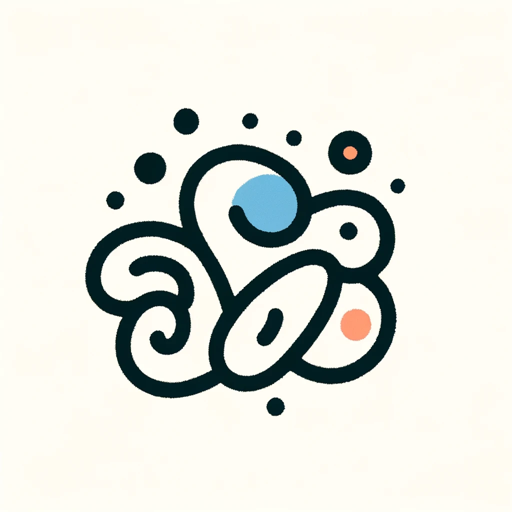
- Added on December 23 2023
- https://chat.openai.com/g/g-m9X8t7aM6-yu-deurou-mi-cuceug
How to use 유 드로우 미 추측?
-
Step 1 : Click the open gpts about 유 드로우 미 추측 button above, or the link below.
-
Step 2 : Follow some prompt about 유 드로우 미 추측 words that pop up, and then operate.
-
Step 3 : You can feed some about 유 드로우 미 추측 data to better serve your project.
-
Step 4 : Finally retrieve similar questions and answers based on the provided content.
FAQ from 유 드로우 미 추측?
The Yudo drawing method is the brainchild of Japanese artist Takashi Hattori. He developed the technique as a way to express his inner thoughts and desires through his paintings, which are characterized by bright colors and multi-layered imagery. The main feature of the technique is the use of a variety of drawing media including pens, pencils, watercolors, and crayon. Hattori wanted to create something that could capture the beauty of the natural world, while also expressing the unique experiences of each person who looked at his art.
The Yudo drawing method is distinct from traditional painting techniques because it focuses on the idea of an artist's personal expression. Instead of strictly relying on objects or environments, the Yudo drawing method encourages the artist to draw from their own imagination and has become a popular style of art as it is accessible to people with all levels of experience. Unlike traditional paintings, Yudo drawings often have bright colors, bold lines, and abstract shapes. The goal of the Yudo drawing method is to convey a feeling rather than representing something tangible.
The tools necessary to accomplish a Yudo drawing are fairly basic. They include a variety of drawing media such as pens, pencils, watercolors, and crayons. Additionally, the artist may elect to use a computer or other technology in order to create the desired effect. Depending on the project, colored paper, acetate paper, and an eraser may also be used. Keeping the drawing tools organized is an important part of the drawing process, so it is recommended that the artist has a work space with designated areas for each type of medium.
